The UK Government has made significant progress in removing over 50% of Hikvision surveillance cameras from sensitive sites, with efforts ongoing to ensure complete removal by April 2025.
The initiative addresses growing concerns over the security risks posed by Chinese-made technology in government buildings, according to a letter from Lord Coaker to Lord Alton of Liverpool.
The letter highlights ongoing concerns about national security risks associated with Chinese technology, particularly surveillance equipment and electric vehicles.
Lord Coaker confirmed that efforts to remove these surveillance systems are well underway. He stated that over 50% of the small number of sensitive sites that had deployed such equipment have now replaced it. Approximately 70% of the remaining sites are expected to have the devices removed by autumn, with a target for complete removal by April 2025.
The Cabinet Office is overseeing progress to ensure departments meet this deadline. “The vast majority of sensitive sites did not deploy such equipment and, of the small proportion that did, over 50% of sites have now had that equipment replaced,” wrote Lord Coaker. “Work is pressing ahead to remove the remaining devices with approximately 70% of sites expected to have their surveillance equipment removed by the autumn.”
In addition to surveillance concerns, the letter also addressed potential security risks posed by connected and electric vehicles, particularly those manufactured in China. However, Lord Coaker clarified that these risks are not limited to Chinese-made vehicles or electric vehicles in general. He noted that the concerns are centred around specific on-board systems, which can be found in many types of connected vehicles.
“The potential national security risks apply to specific on-board systems and therefore these risks are not exclusive to Chinese-made vehicles, or indeed only electric vehicles,” he explained.
The Government, alongside national technical authorities such as the National Protective Security Authority (NPSA) and the National Cyber Security Centre (NCSC), is working to understand and address cyber vulnerabilities in these vehicles. Lord Coaker pointed to international collaboration, noting that the Department for Transport co-chairs the UN Economic Commission for Europe (UNECE) group responsible for creating international regulations on vehicle cybersecurity and software updates.
“The cybersecurity regulation sets out requirements to mitigate potential threats in vehicle construction, to monitor emerging threats and to respond to cyber-attacks,” he wrote.


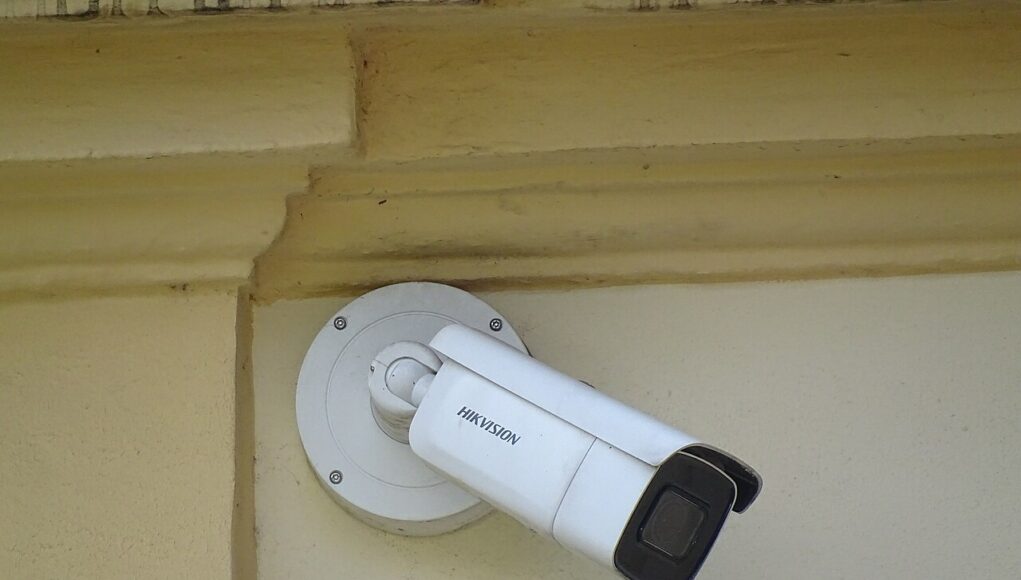


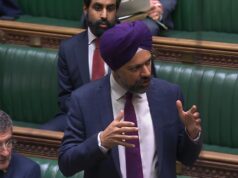
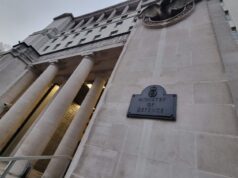
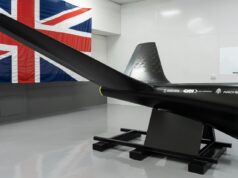

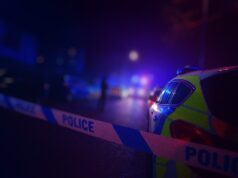

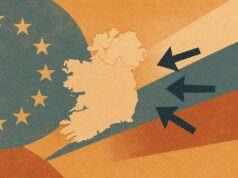


Mind blowing these where ever installed in the first place.
How on earth did they manage to get through a procurement process riddled with red tape but cannot cover some so basic.
Odd that they are also concerned about Chinese technology in electric vehicles but have made no effort so far to ban them or tax them like the rest of Europe and the US, etc.
To little to late / sleep at the wheel / as per
Beyond belief that any MoD site, never mind Sensitive, would accept equipment that is not approved by the competent authority for security, data management and communication. That should be business as usual for secure operations.
Any regulated industry takes this approach
I assume these will be inspected ?